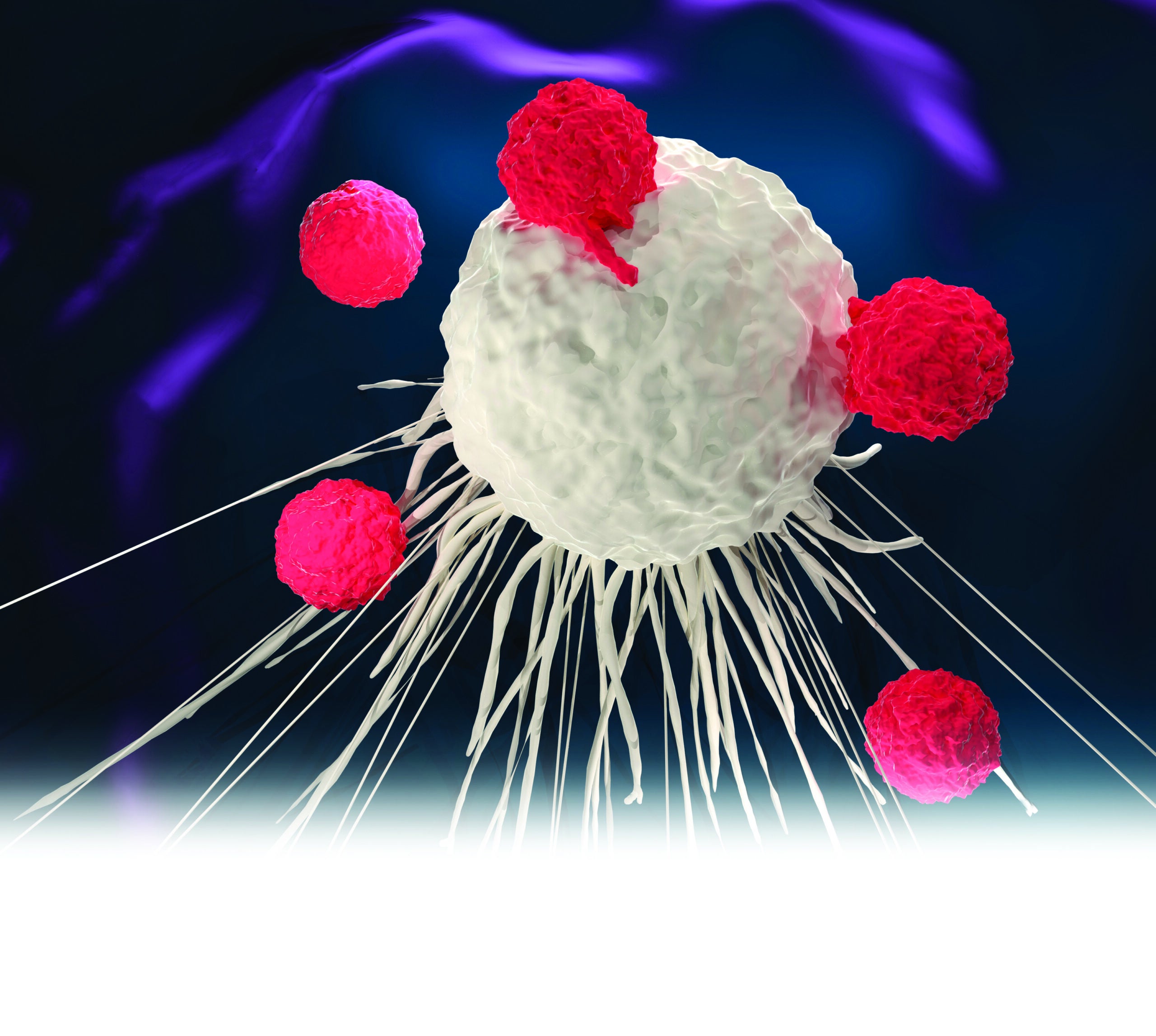In the pharma business, a sea of change is developing as the industry moves from a blockbuster, drug development approach to a precision medicine-based model. Gone are the days of linear development where after a clinical trial had finished, all specimens were destroyed. Instead, at the end of a trial, exploratory specimens and residuals are kept in a bank and stored for future research.
As the industry goes from a linear model where everything draws to a close at the end of the trial, a circular approach is adopted where protocols are written with future use of specimens in mind. What’s more, consent also has to be written, so that it’s broad enough to allow future activities.
So it seems precision medicine is the way forward – right? Not quite.
The problem with adopting a precision medicine (PM) approach is that, up until now, it has largely been carried out as an individual project at the therapeutic area level.
“It’s not done at scale,” said one clinical trial professional. “This is a business model change that needs to be affected broadly across an organization at all levels.”
For a Precision Medicne Model to Work, a Solid Infrastructure is Vital
As more companies shift to a PM-based model, it’s important to consider policy and process development at the enterprise level of the organization. Once that’s in place, companies can then implement the technology to make it more efficient. For instance, companies need to think about not just the protocol endpoints, but developing guidance for teams as to when collection might be appropriate (bmx development, diagnostics development).

US Tariffs are shifting - will you react or anticipate?
Don’t let policy changes catch you off guard. Stay proactive with real-time data and expert analysis.
By GlobalDataWhen it comes to making a success of PM model implementation, establishing a solid infrastructure is vital. Oftentimes, when people attempt this on an ad-hoc basis, they do it at the therapeutic area level or they try to improve their biobanks.
“For this to work efficiently, the right infrastructure has to be in place,” the clinical professional said. “If you structure your protocol and broaden your consent language, you can gather specimens that are broadly accessible to people and are ready for use in biobanks.”
However, by focusing on banking, you will always be restricted by the amount of specimens you have. Therefore, it’s important to work with individual clinical teams to determine where to store the specimens.
Ultimately, the company must make a decision across all therapeutic areas and all protocols, so it doesn’t become a biobanking issue it becomes a business model issue and a shift in the business level.
“In this case, the challenge becomes one of how to scale it,” the professional said.“Problems can arise when you put something in place in one small area and you find it doesn’t scale well because it only has that particular area’s requirements in mind.”
Specimiens Beginning to Play a Key Role
For many companies, the use of biobanks is in the discovery phase. Going forward, the biobank should not only be part of the clinical trial process, but imbued in the domain area of the company. This is so it will be viewed with equal weight as a key part of the clinical trial process.
Typically, once clinical trials are over and teams disband, the specimens that remain in the banks are generally viewed as an afterthought. This is where there needs to be a change in mind set; the specimens are the substrate for the next round of candidates coming through the pipeline. So it either needs to have a foothold in both worlds – in discovery and the trial itself – or it needs to be moved into the clinical trial world.
Thanks to the explosion of attention to precision medicine and biomarker development (and to changes in FDA regulations), specimens are playing a key role in the clinical trial process. However, we also need to recognize that specimens are only collected through big data.
“What I see in the future is there’s going to be less emphasis on what specimens to collect and the reality is going to be what data have we already generated,”the clinical professional said.
What’s more, with all the changes to FDA regulations, the external landscape of vendors will change with more offerings in the consent management space. Be sure to watch this particular space as it will evolve to fill the gaps that are identified by these changes.





